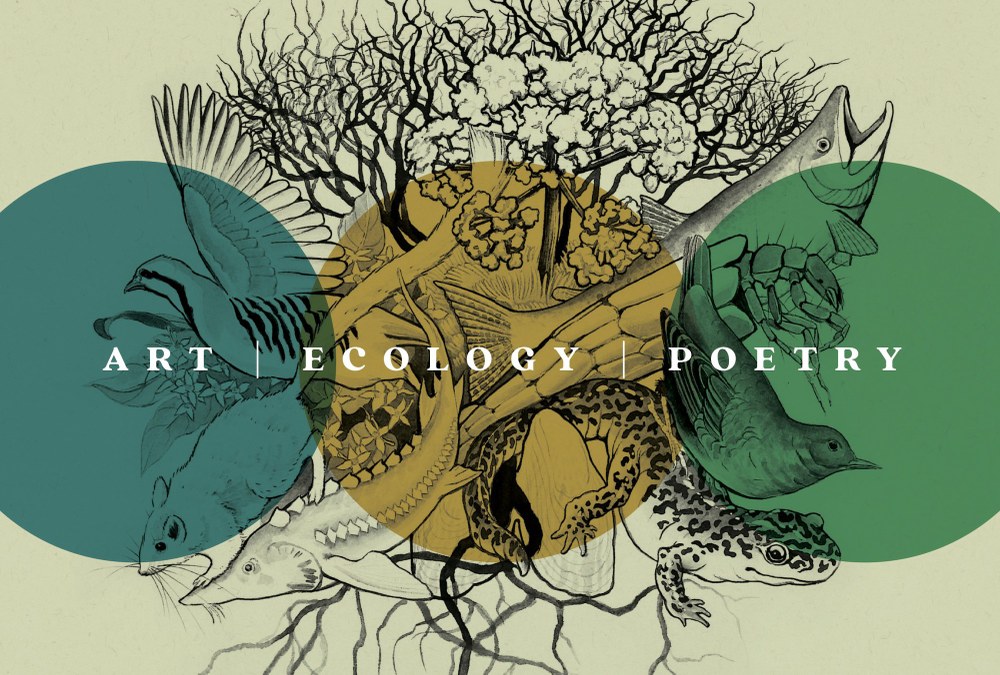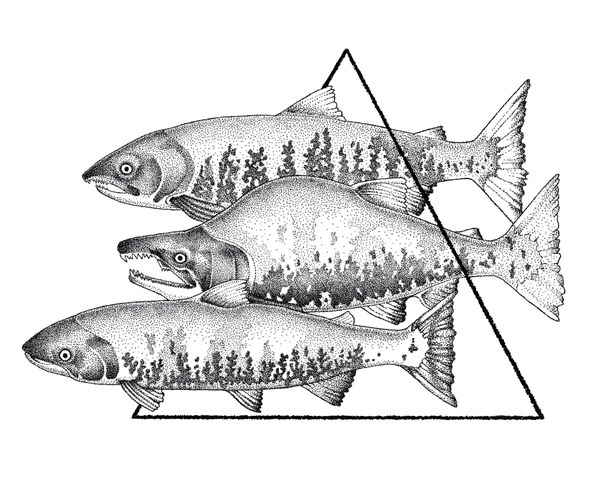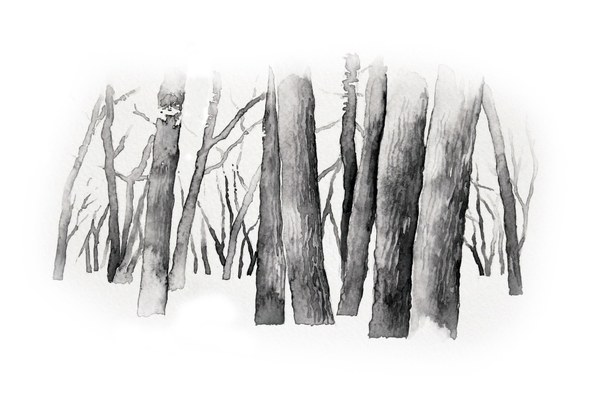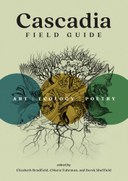
Unlike a traditional field guide, Cascadia Field Guide blends art and science to celebrate our diverse region through cultural histories, poetry, and artwork depicting many of the plants and animals who call Cascadia home. Bringing together a wide spectrum of writers and artists, Cascadia Field Guide invites readers to explore their relationship to the region from a whole new perspective.
Anthology Editor, Derek Sheffield, shares some of his thoughts on the newly-released book.
What is the Cascadia bioregion?
Cascadia is a series of river watersheds that flow into the Pacific Ocean, stretching from Alaska’s Prince William Sound down to Northern California’s Eel River, from the Pacific Coast to the Continental Divide. Alaska’s panhandle, British Columbia, Washington, Oregon, Idaho, Northern California, and even edges of Montana and Wyoming are held in Cascadia. The term “Cascadia” is also part of a movement in bioregional thinking to emphasize characteristics of the land over geopolitical definitions. Many people from the region have embraced “Cascadia” as a term for themselves.
 Illustration by Erin Fox.
Illustration by Erin Fox.
How does Cascadia Field Guide bring ecology, art, and poetry together?
Think of the tripod that your spotting scope rests upon. If you are missing a leg or two, then your perception is imbalanced, incomplete. In our collection, you have all three legs. Poetry and art can enact, or bring to life, fellow plant and animal beings in ways that ecology alone cannot.
What inspired you and your fellow editors to put Cascadia Field Guide together?
Our shelves are full of field guides that focus on the identification, ecological description, and taxonomic categorization of the beings of our bioregion. They are essential resources, but we wanted to create something that would add to that existing literature… and go beyond it. By combining art, poetry, and ecology, we have created a field guide for the heart. A “feel guide,” as J. Drew Lanham dubs it.
Our book nurtures a holistic sense of belonging and community between humans and our other community members and also between beings themselves. Part of this work is expressed in our “being stories,” the ecological passages for each entry that honor sensory experience, Western science, and Traditional Ecological Knowledge.
We wanted to give something back to the living place that has given us so much.
In Cascadia Field Guide all the flora and fauna are called “beings,” why did you choose to refer to them this way?
“Species” is a fine word for what it does, but we wanted to use a term that felt less clinical. We love “beings” for its greater sense of humanity. It’s grittier and more alive. There’s some verb in the noun-ness of it. It reminds us of the fact that we are human beings living in relationship with other plant and animal beings. For the same reasons, we avoid using “it” when we talk about Douglas-fir, Hera Buckmoth, or Coyote. To paraphrase geologian Thomas Berry, our fellow beings are not a collection of objects, but a communion of subjects—this is the foundation of Cascadia Field Guide.
Similarly, instead of organizing the book by traditional taxonomic divisions, we have it arranged by a series of communities. We have a poem, story, and art for each of the 128 beings that are part of 13 different communities, such as Pine Forest, Salish Sea, and, of course, Montane!
 Illustration by Justin Gibbens.
Illustration by Justin Gibbens.
Is there a moment that you think of when you think of your love of Cascadia?
No. But there are a thousand moments that come fluttering to life in me at the sight of this question… and some of them are in the book.
What is one thing you hope readers take away from Cascadia Field Guide?
Gobsmacking wonder.
Cascadia Field Guide is available for purchase at our Seattle Program Center Bookstore, online at mountaineersbooks.org, and everywhere books are sold.
This article originally appeared in our spring 2023 issue of Mountaineer magazine. To view the original article in magazine form and read more stories from our publication, visit our magazine archive.
 Derek Sheffield
Derek Sheffield
